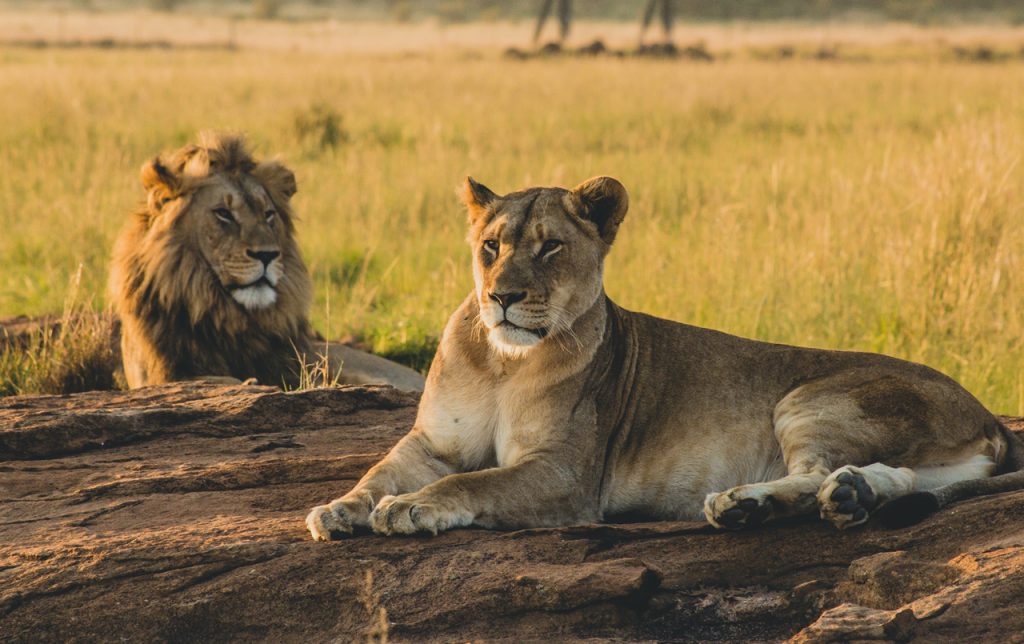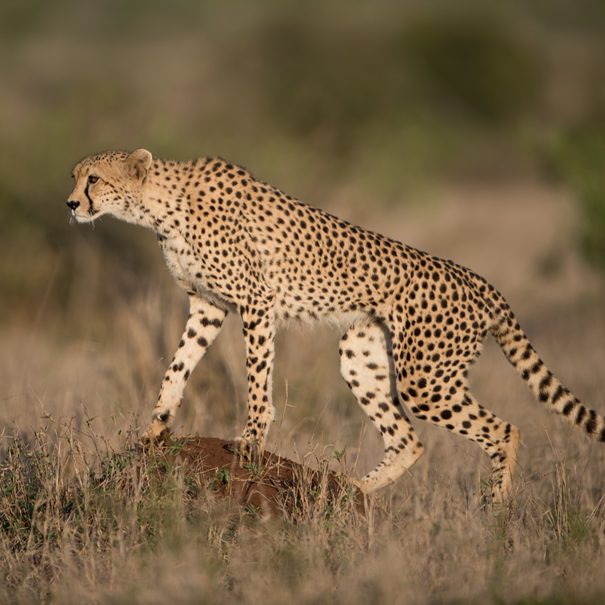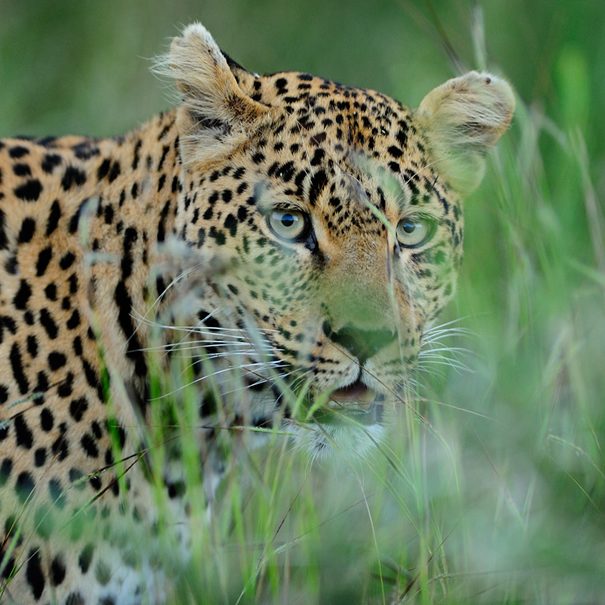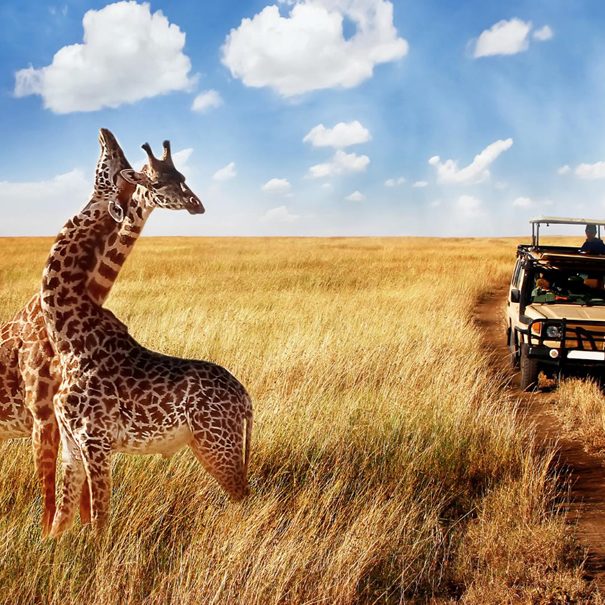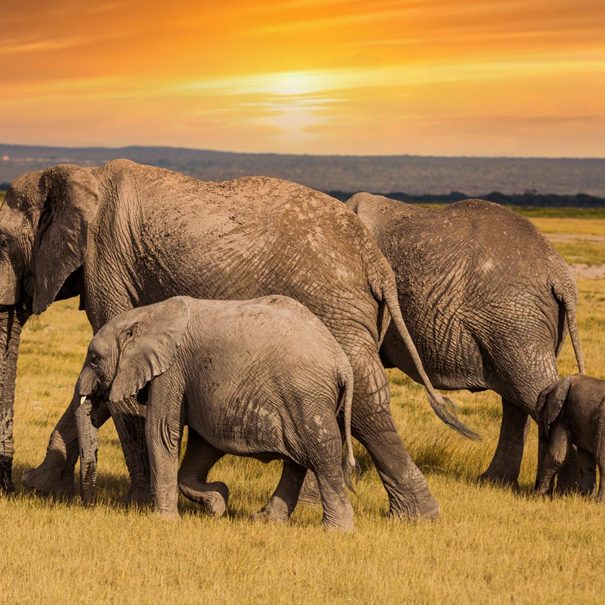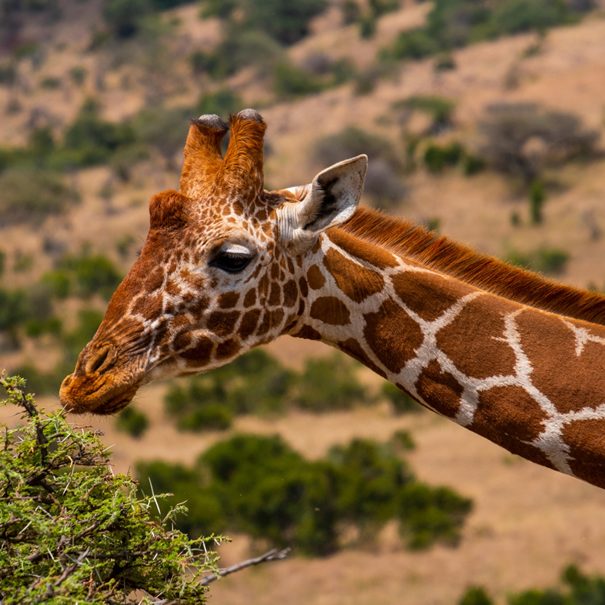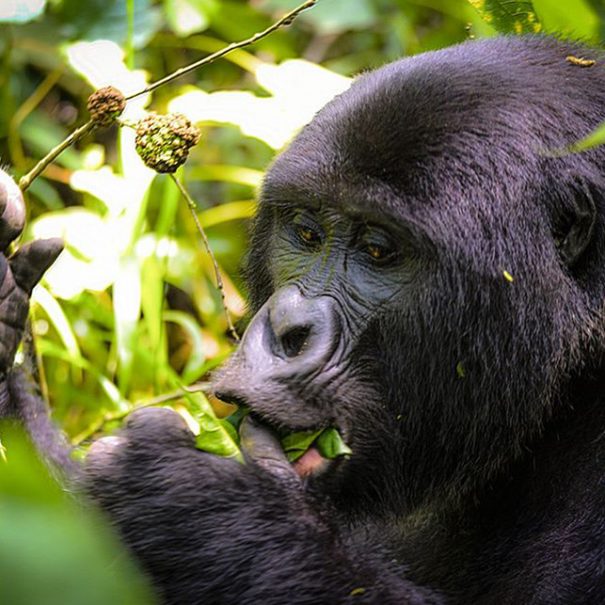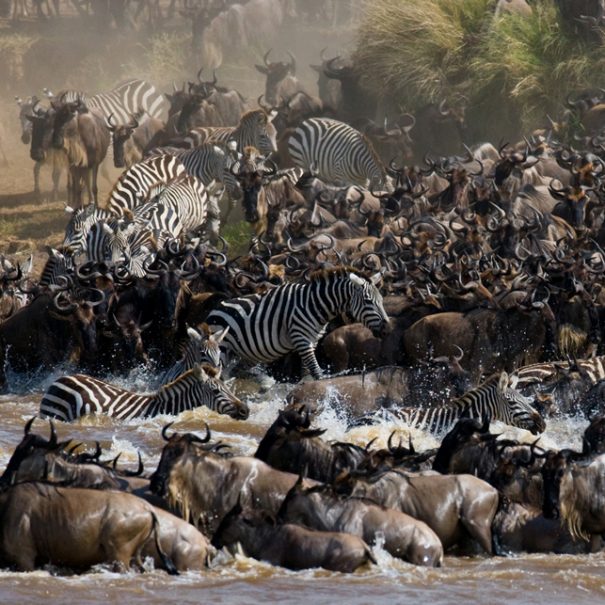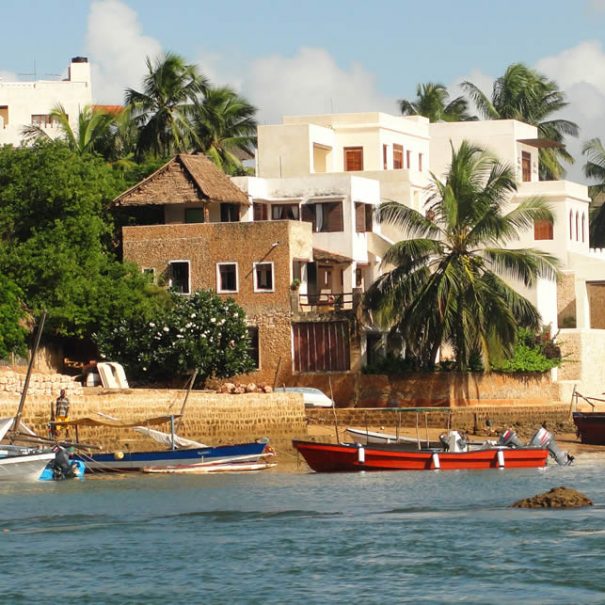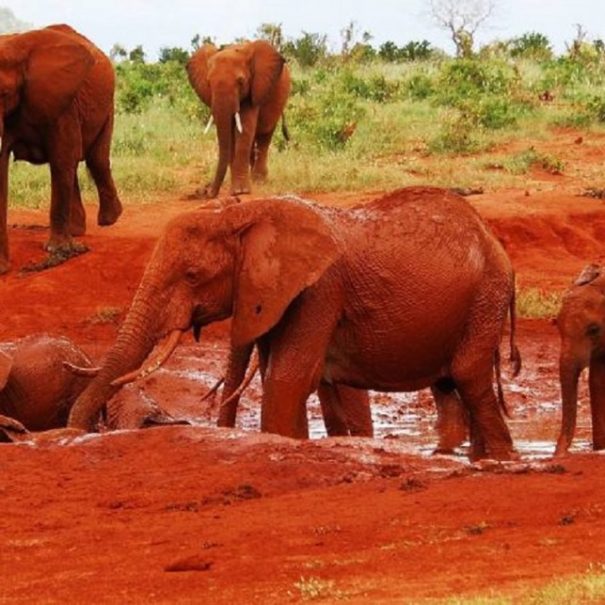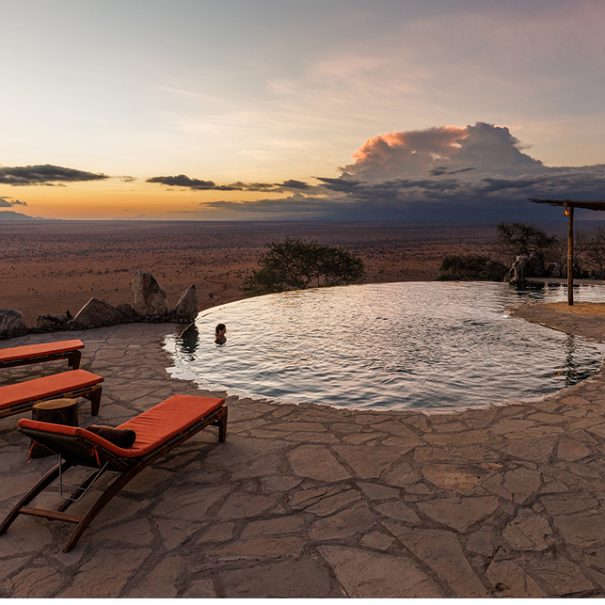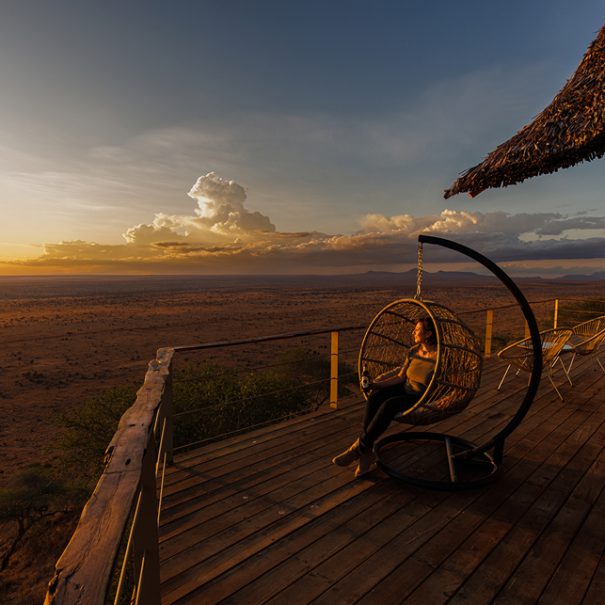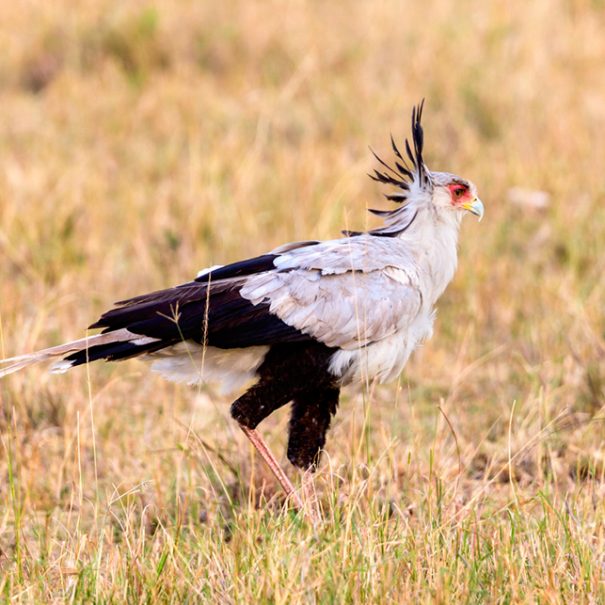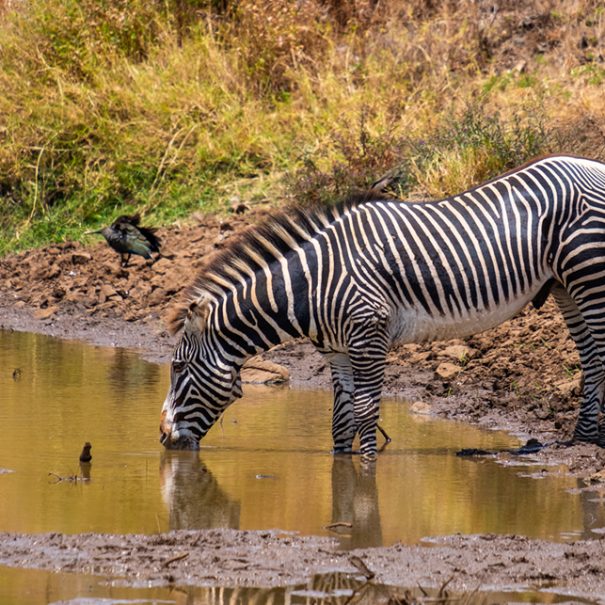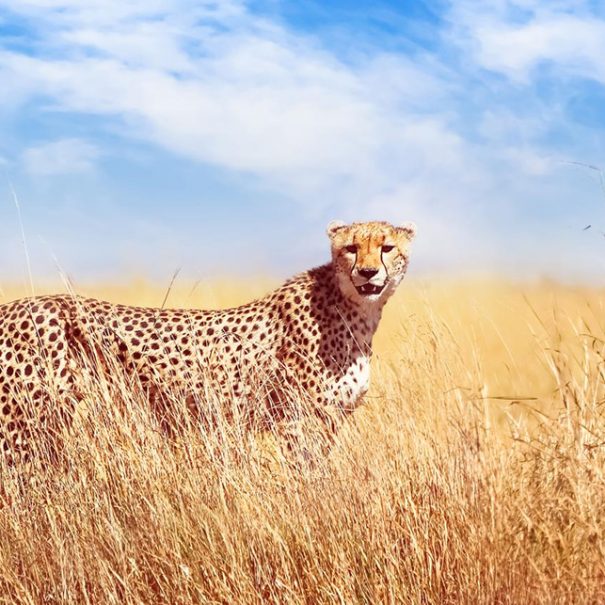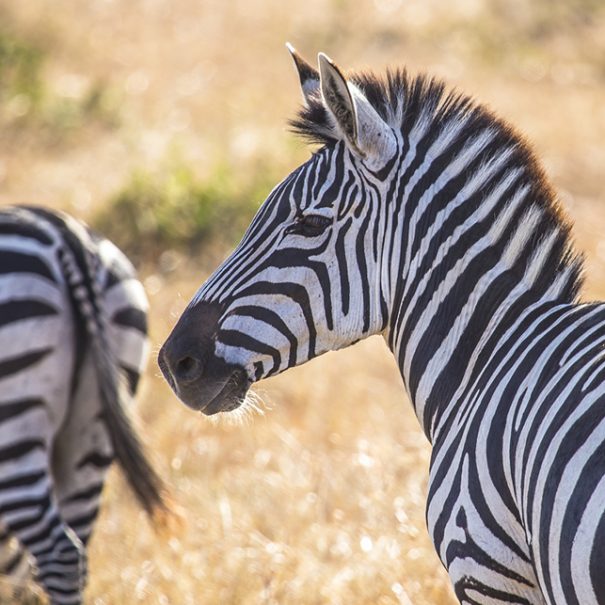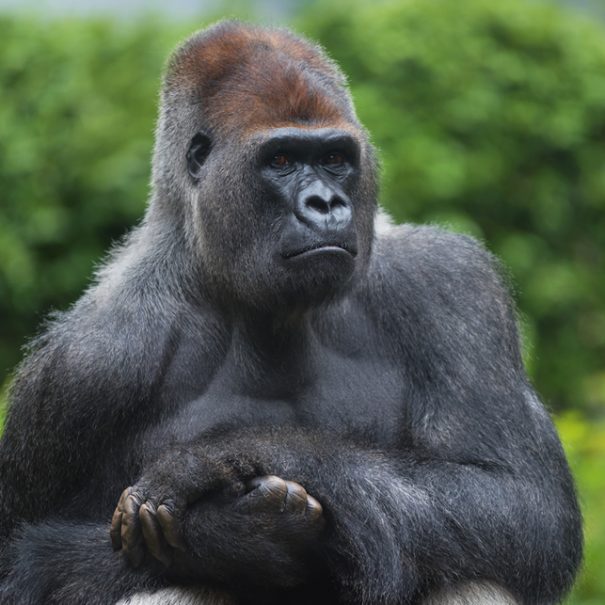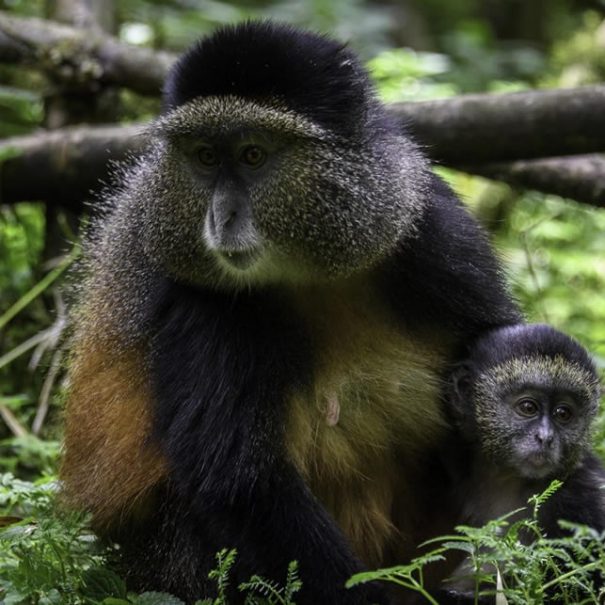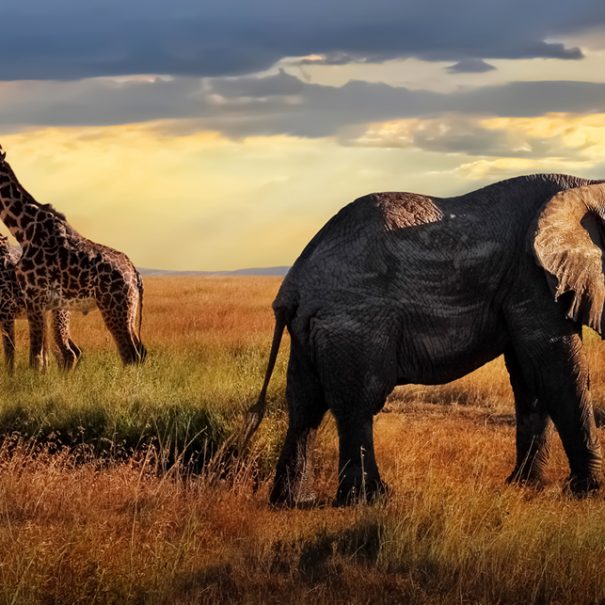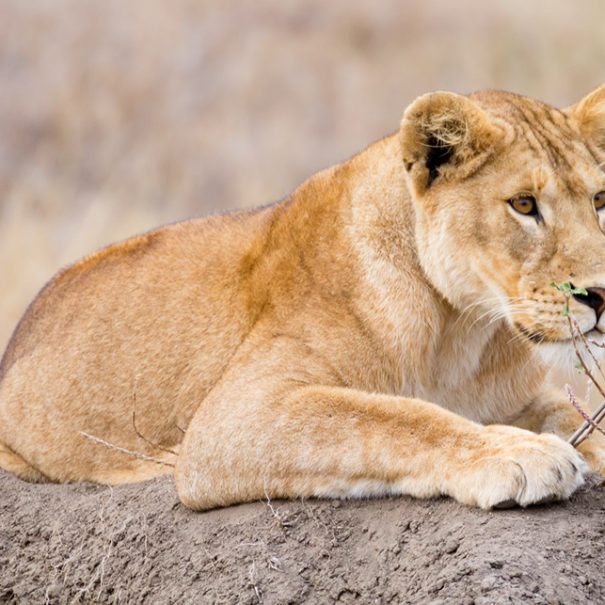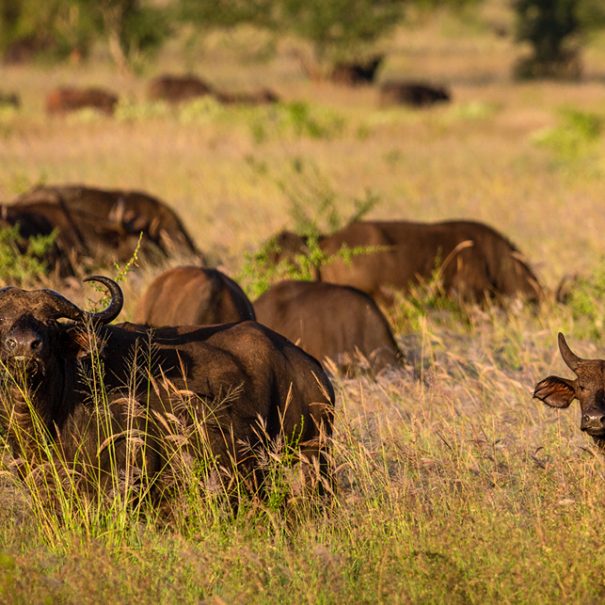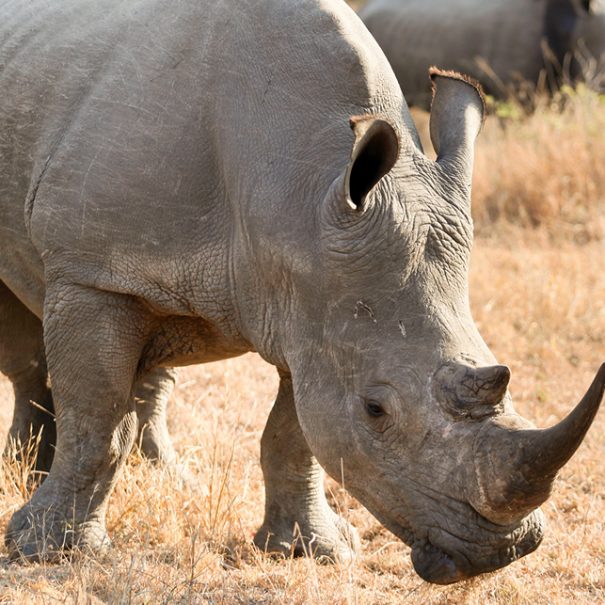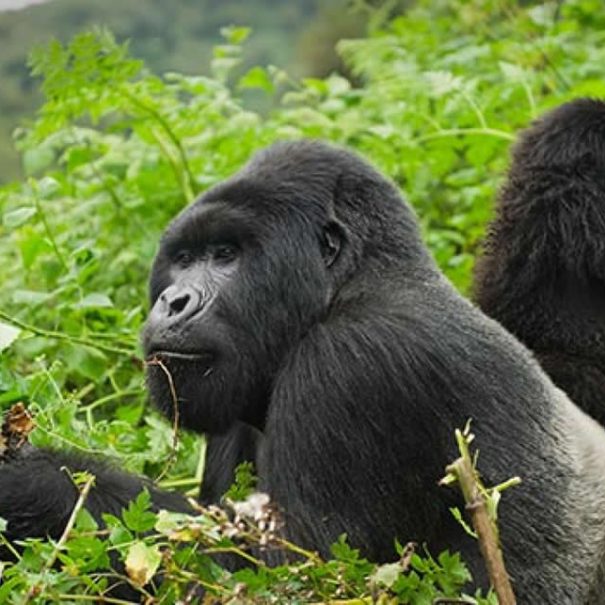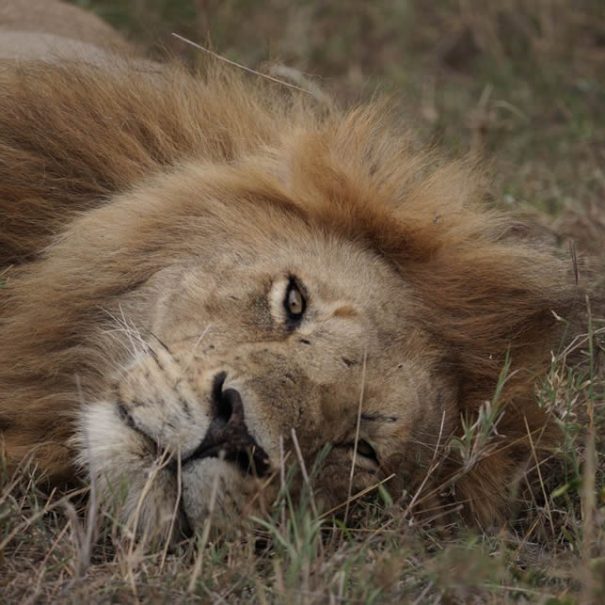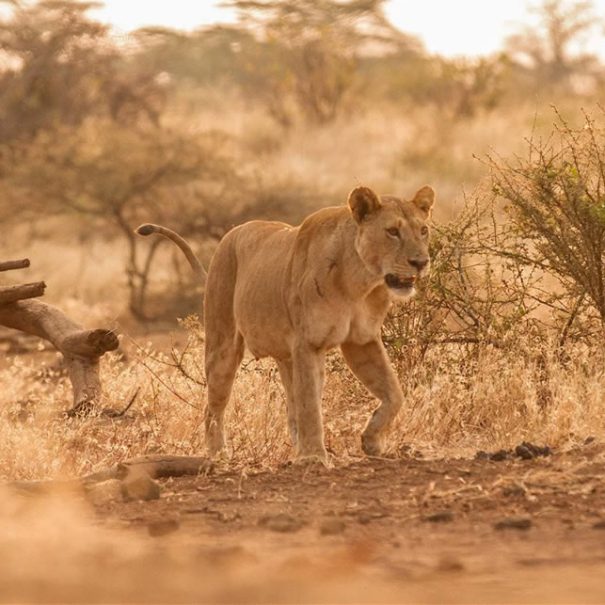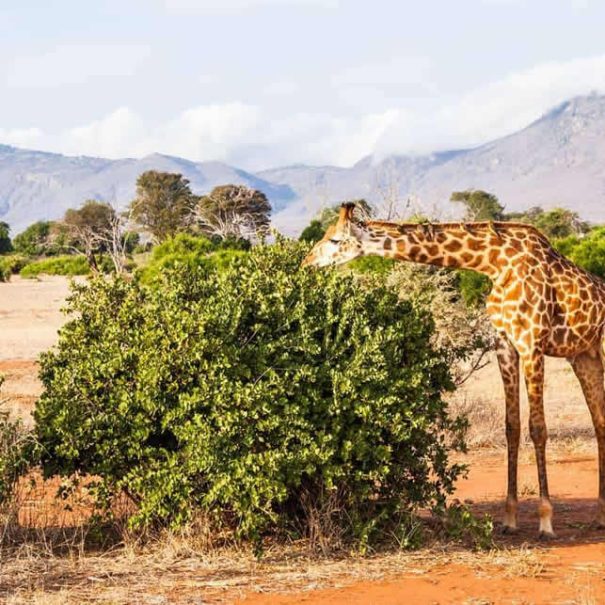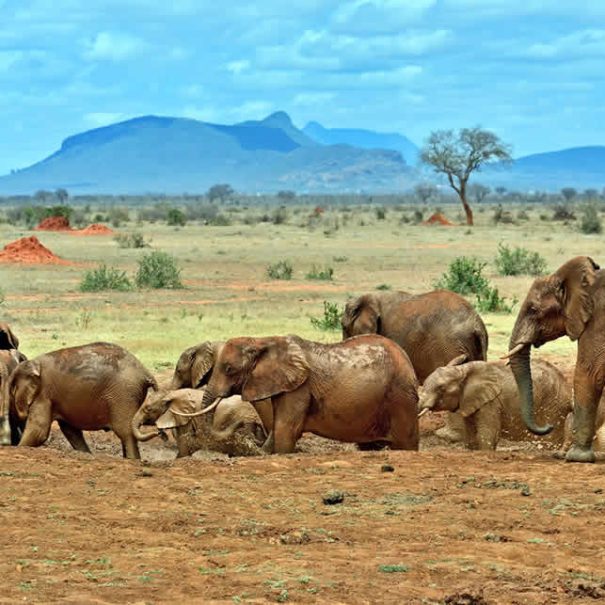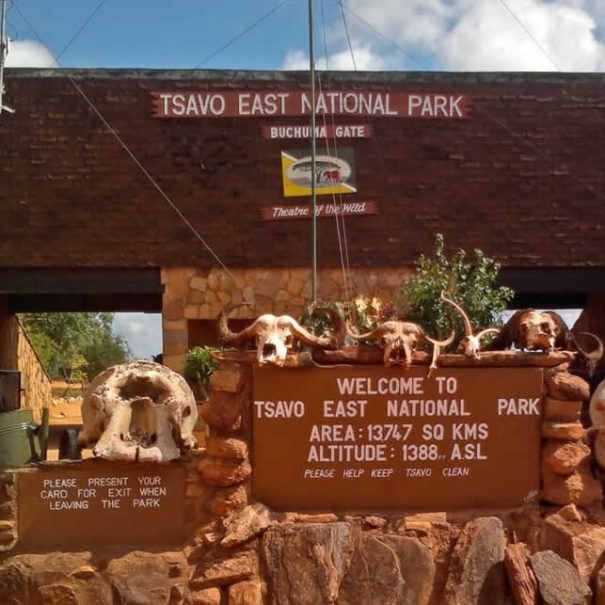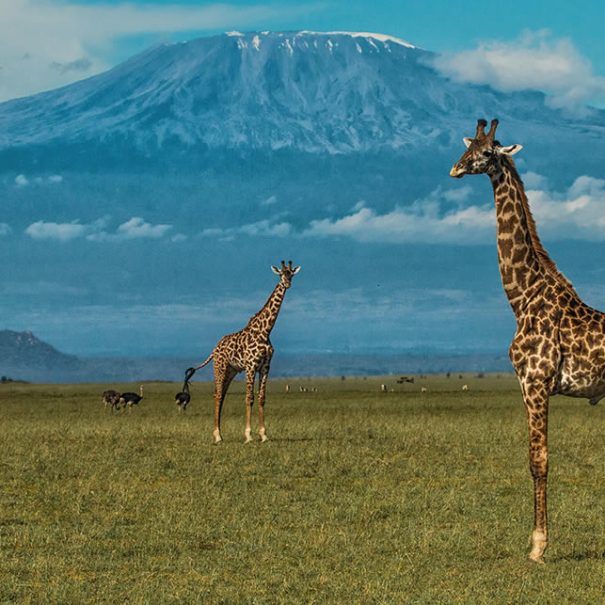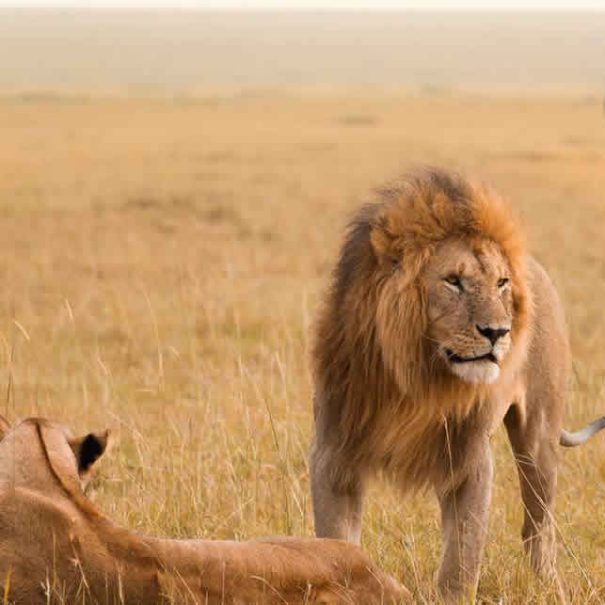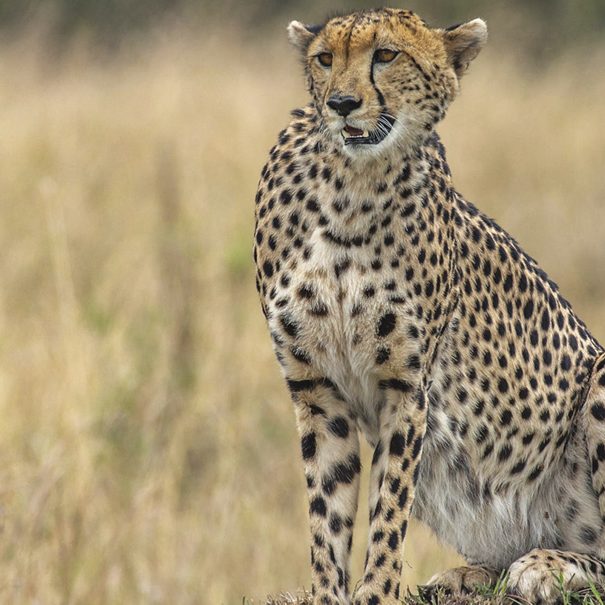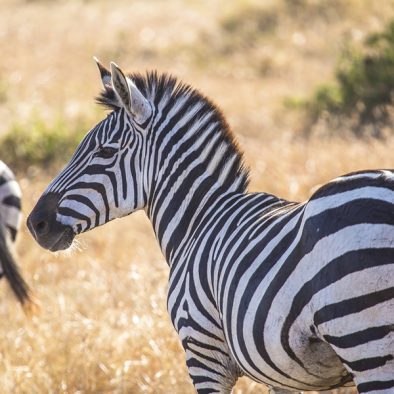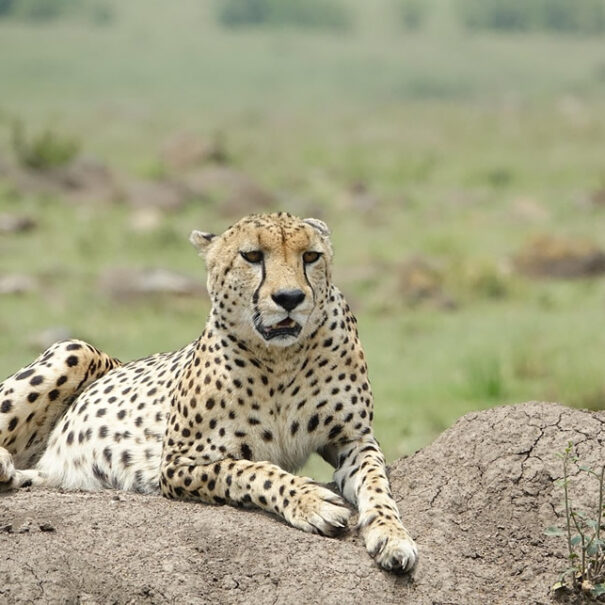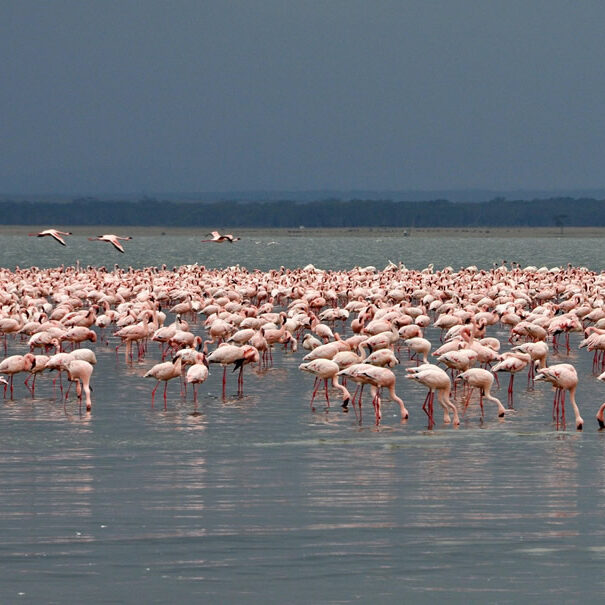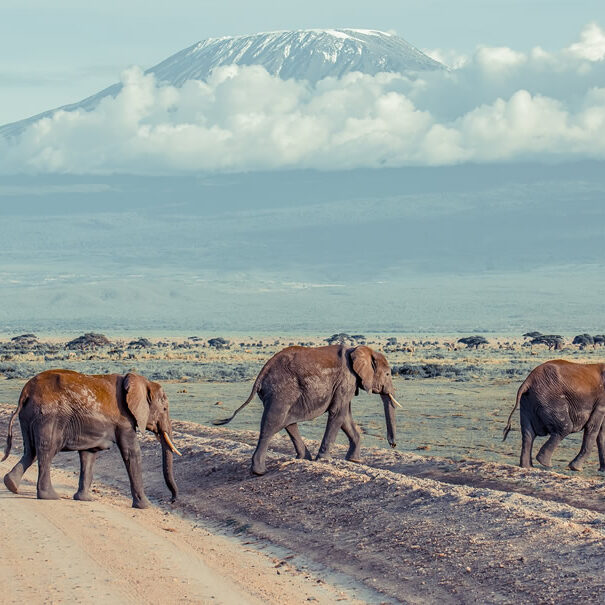Why Masai Mara is Special? Nestled in the southwestern part of Kenya, the Masai Mara stands as a symbol of Africa’s untamed beauty and ecological richness. Spanning approximately 1,510 square kilometers, this national reserve is not just a destination; it is a living, breathing testament to the harmonious coexistence of breathtaking wildlife, a vibrant indigenous culture, and robust conservation efforts.
1. Breathtaking Wildlife
The heartbeat of Maasai Mara lies in its unparalleled biodiversity. The vast expanse of open grasslands and meandering rivers creates a haven for a diverse range of iconic African mammals. The region proudly hosts the “Big Five” – lions, elephants, leopards, buffalos, and rhinoceros – showcasing the apex predators and giants of the savannah. The Mara is also a birdwatcher’s paradise, with numerous bird species adding a kaleidoscope of colors to the landscape.
A crowning jewel in the Mara’s wildlife spectacle is the Great Migration. Millions of wildebeests, zebras, and gazelles embark on an epic journey across the Mara River, a mesmerizing display of survival instincts and the delicate balance of nature. Witnessing this cyclical migration is not just a visual feast but an immersive experience that leaves an indelible mark on the soul.
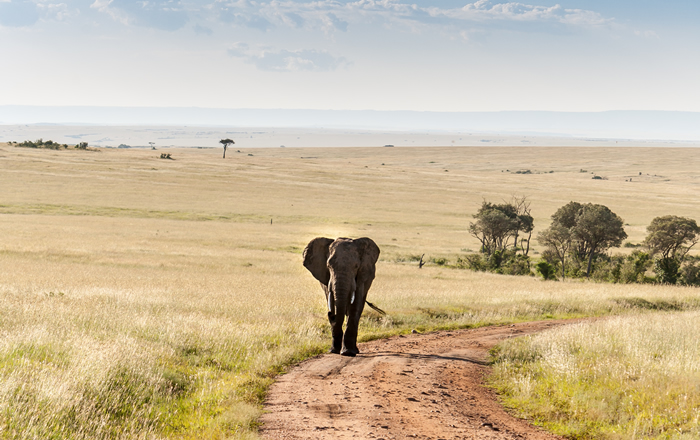
2. The Mara River Crossing
One of the most iconic and dramatic episodes of the Great Migration in Maasai Mara is the Mara River crossing. This is a treacherous gauntlet that the herds must navigate, fraught with peril in the form of crocodile-infested waters and steep banks. The intensity of the crossing is palpable, as the wildebeests hesitate, their instincts warring with the dangers that lurk beneath the surface.
The spectacle of thousands of animals plunging into the river, navigating strong currents, and facing the lurking jaws of crocodiles is both heart-stopping and mesmerizing. It is a testament to the resilience and determination of these creatures, driven by an ancient rhythm that transcends individual survival and speaks to the survival of the entire species.
3. Unique Maasai Culture
Beyond its wildlife, the Maasai Mara is deeply rooted in the rich traditions of the indigenous Maasai people. The Maasai, known for their distinctive red clothing, intricate beadwork, and graceful athleticism, have inhabited these lands for centuries. Their traditional lifestyle, characterized by nomadic pastoralism, adds a unique rhythm to the Mara’s landscape.
The Maasai’s cultural practices and rituals, passed down through generations, contribute to the region’s vibrant tapestry. The traditional Maasai villages, or “Manyattas,” offer visitors a glimpse into their way of life, showcasing traditional dances, ceremonies, and the artistry of beadwork. The Maasai’s connection to the land and wildlife is profound, creating a coexistence that reflects a delicate balance between preservation and progress.
4. Scenic Landscapes
The Maasai Mara is a visual feast for those seeking the sublime beauty of the African wilderness. Expansive grasslands stretch to the horizon, interrupted only by the silhouette of acacia trees. Meandering rivers, such as the Mara River and Talek River, add a dynamic element to the scenery, providing a lifeline to the diverse ecosystem. The panoramic views of the Great Rift Valley, with its geological significance, elevate the Maasai Mara to a realm of unparalleled natural beauty.
Photographers find themselves captivated by the dramatic landscapes, where every sunrise and sunset paints the horizon with hues of orange and pink. The Maasai Mara’s diverse terrain, from rolling plains to riverine forests, provides a canvas for capturing the essence of the African wilderness in its purest form.
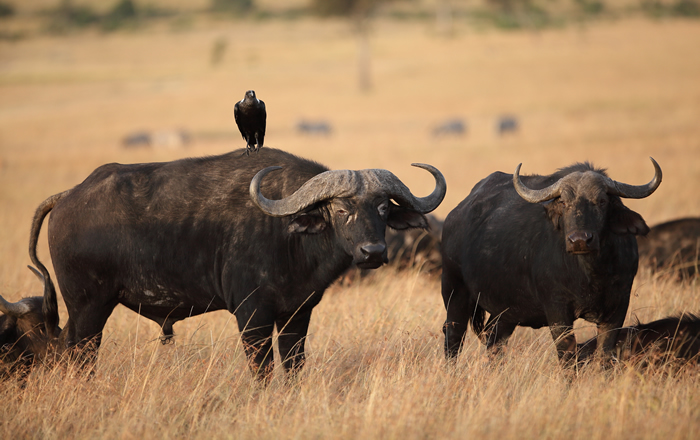
5. Panoramic Vistas
One of the most striking features of the Maasai Mara, influenced by the Great Rift Valley, is the expansive and uninterrupted panoramic vistas. The elevation changes along the rift create commanding viewpoints, allowing visitors to gaze over the vast plains below. Whether standing on the edge of an escarpment or looking out from a strategically positioned safari vehicle, the views are nothing short of awe-inspiring.
These vistas offer more than just a visual treat. They provide a profound sense of the scale and grandeur of the African wilderness. The undulating landscapes, punctuated by acacia trees and traversed by rivers, create a mesmerizing mosaic that extends as far as the eye can see. Particularly during sunrise and sunset, the interplay of light and shadows across the Great Rift Valley produces a spectacle that leaves a lasting imprint on the observer.
6. Balloon Safaris
One unique feature of the Maasai Mara is the opportunity for hot air balloon safaris. Drifting silently above the savannah provides photographers with a bird’s-eye view of the landscapes and wildlife below. The aerial perspective offers a fresh and captivating angle for capturing the vastness and beauty of the Mara.
7. Golden Hour Magic
The Mara’s expansive grasslands and acacia-dotted plains are bathed in the warm hues of the African sun during the golden hours of sunrise and sunset. The soft, golden light during these times creates a magical ambiance, casting long shadows and illuminating the landscape in a way that adds depth and emotion to photographs. The silhouettes of acacia trees against the backdrop of a setting sun and the glow of the grasslands at dawn provide photographers with an enchanting palette to work with.
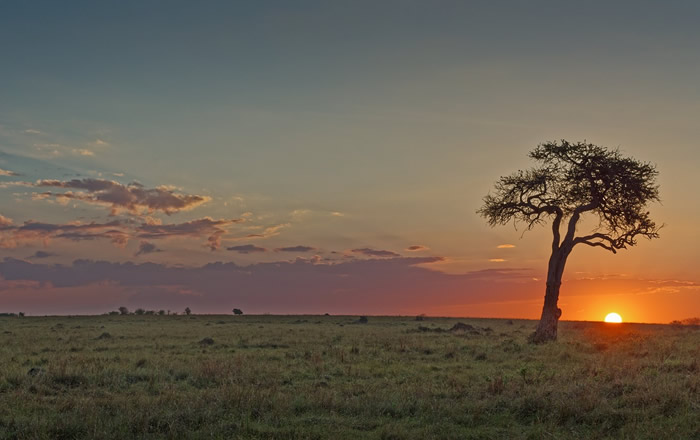
8. Birdwatcher’s Paradise
For those with an interest in avian photography, the Maasai Mara boasts a diverse bird population. From raptors soaring in the sky to colorful and exotic species perched in the trees, the Mara offers ample opportunities to capture the elegance and diversity of African birdlife. The seasonal arrival of migratory birds adds an extra layer of excitement for birdwatching and photography enthusiasts.
Preserving the Magic
In the midst of the Maasai Mara’s vast landscapes, there is an intangible magic that transcends the sum of its parts. It is the resonance of a lion’s roar echoing across the plains, the graceful dance of the Maasai, and the silent promise that the beauty of this land will endure.

